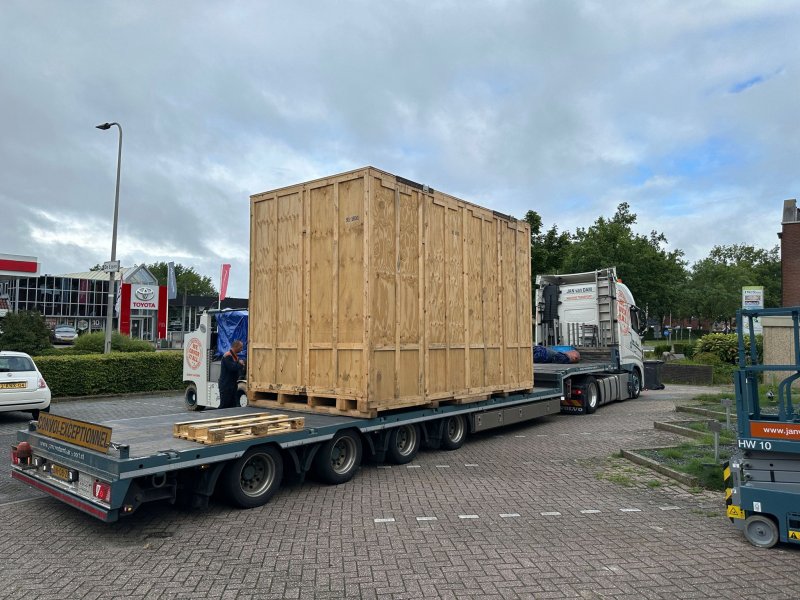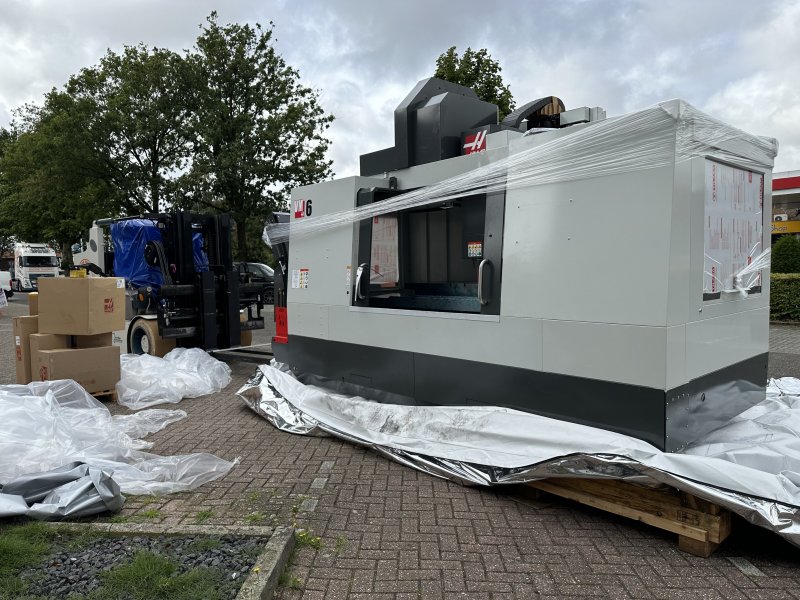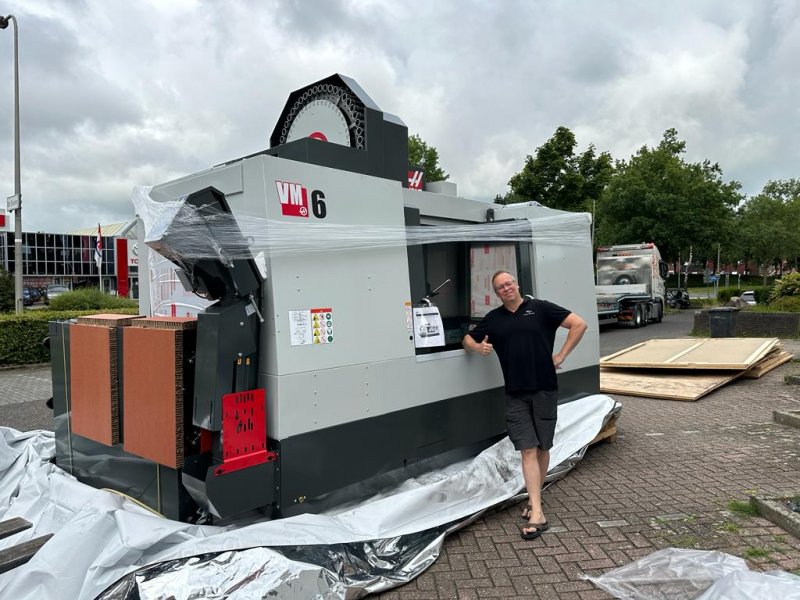Sure, that is a valid argument but that is not the only influential factor. And Emile's general "Bottom shelf recommendation" notwithstanding, there are several other factors that come into play. The solidity of a support system is usually indeed one of the more important indicators but depending on the system or user preferences, there can also be "too much" solidity, leading to subjective damping or deadening of the performance. And there can be various other contemplations and circumstances when matching a server or other component to an "ideal" support surface. An Artesania Exoteryc rack, for instance, works in reverse, with its rack-inside-rack system being the most solid and sounding most solid, dynamic, and lively at the top. In general, I am personally careful not to recommend a single best solution and usually advise experimenting with placement.














